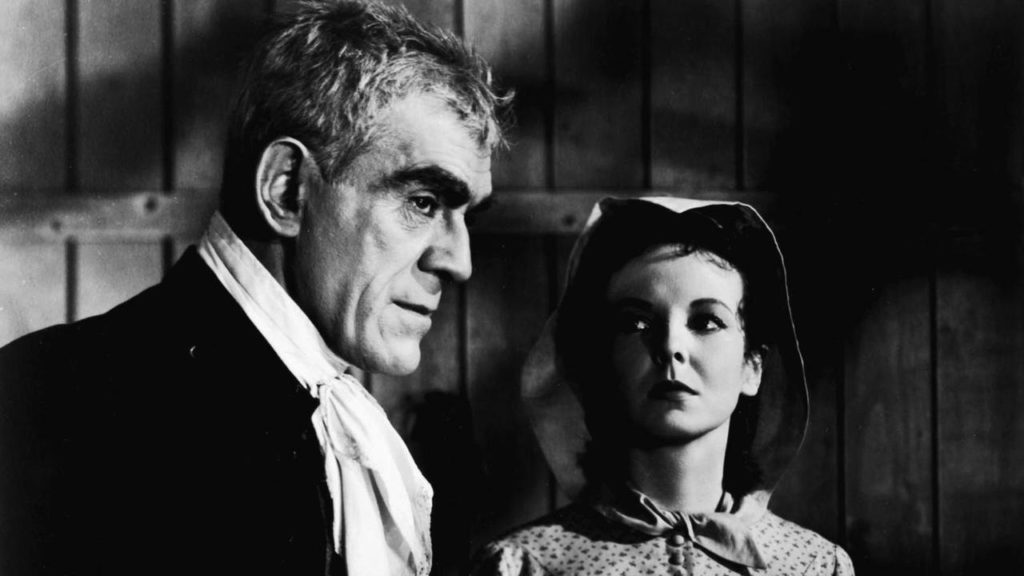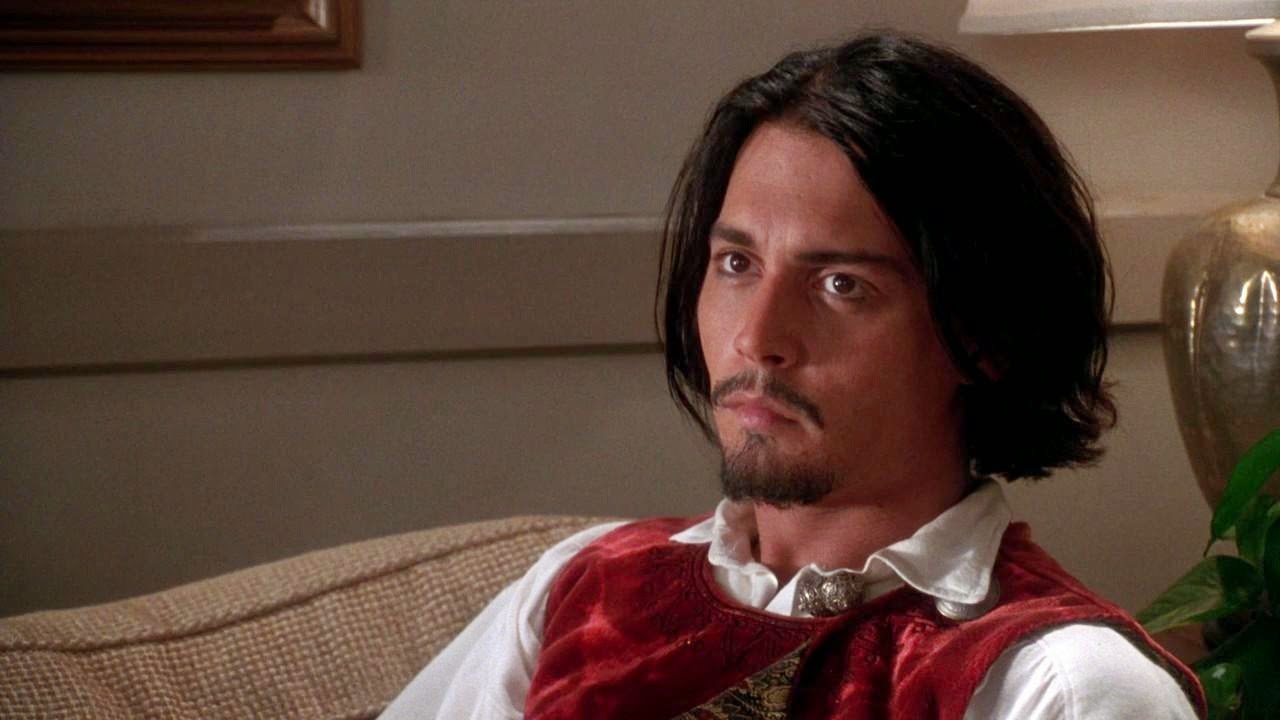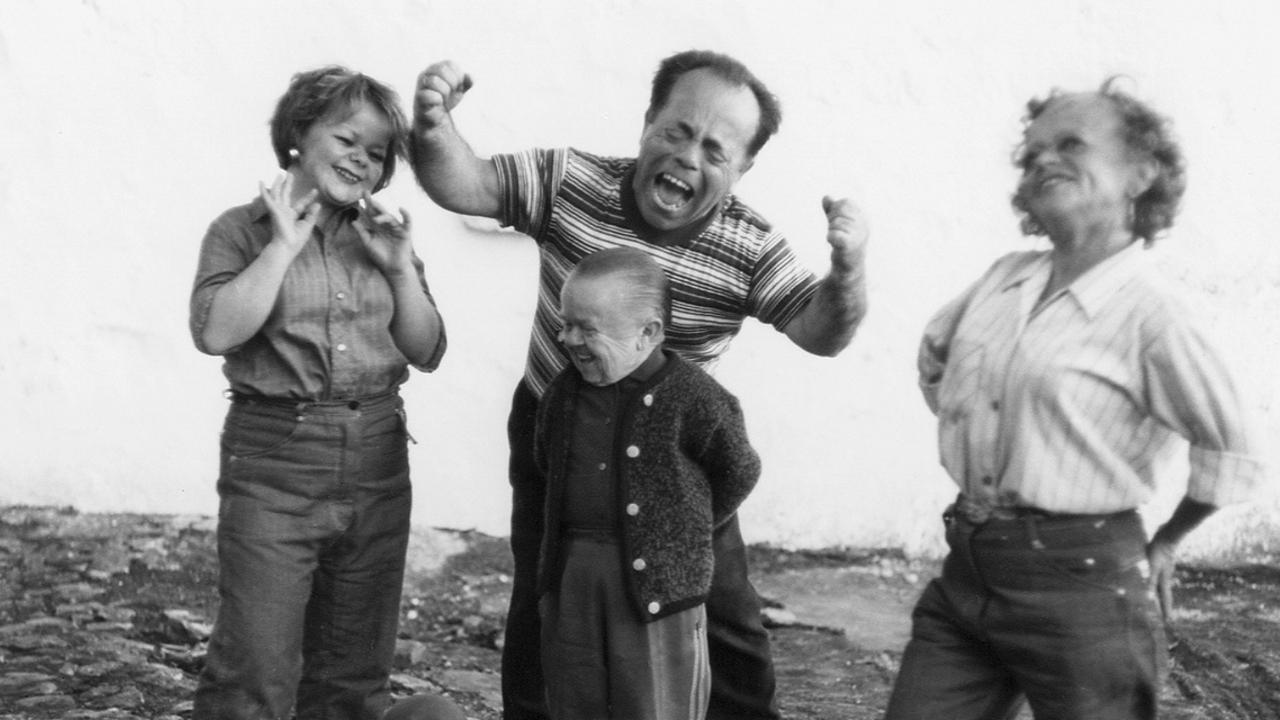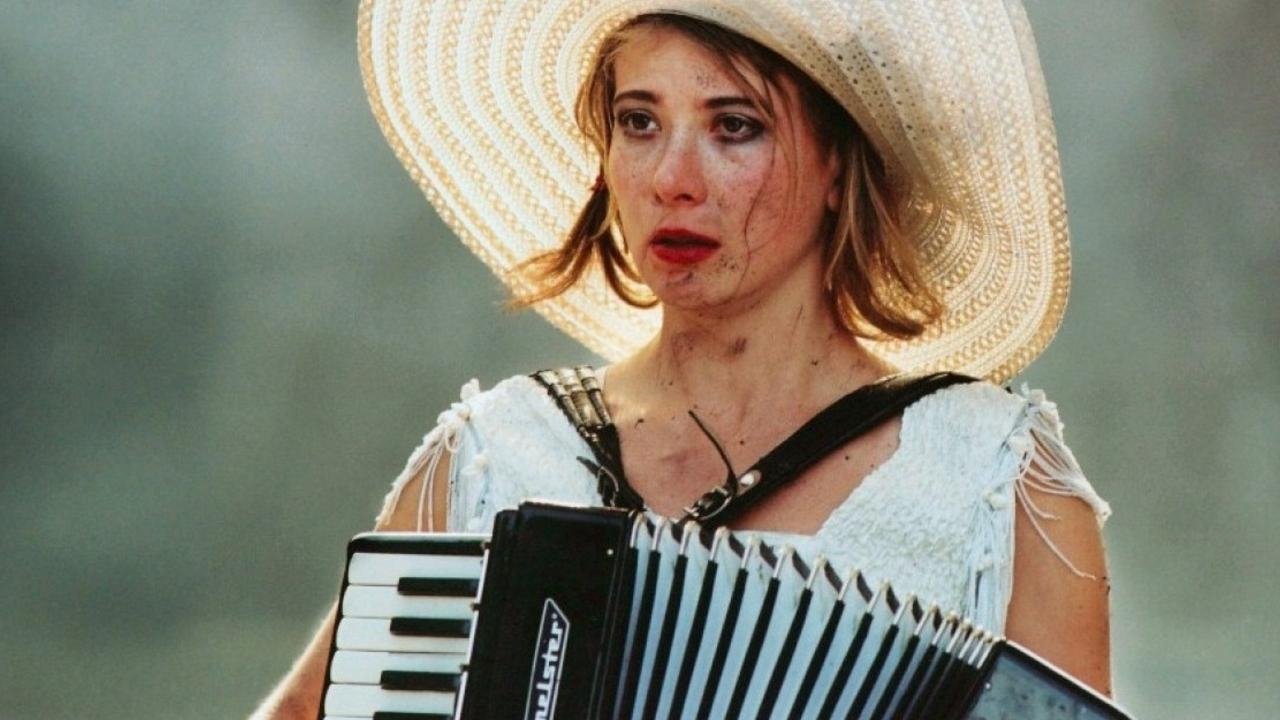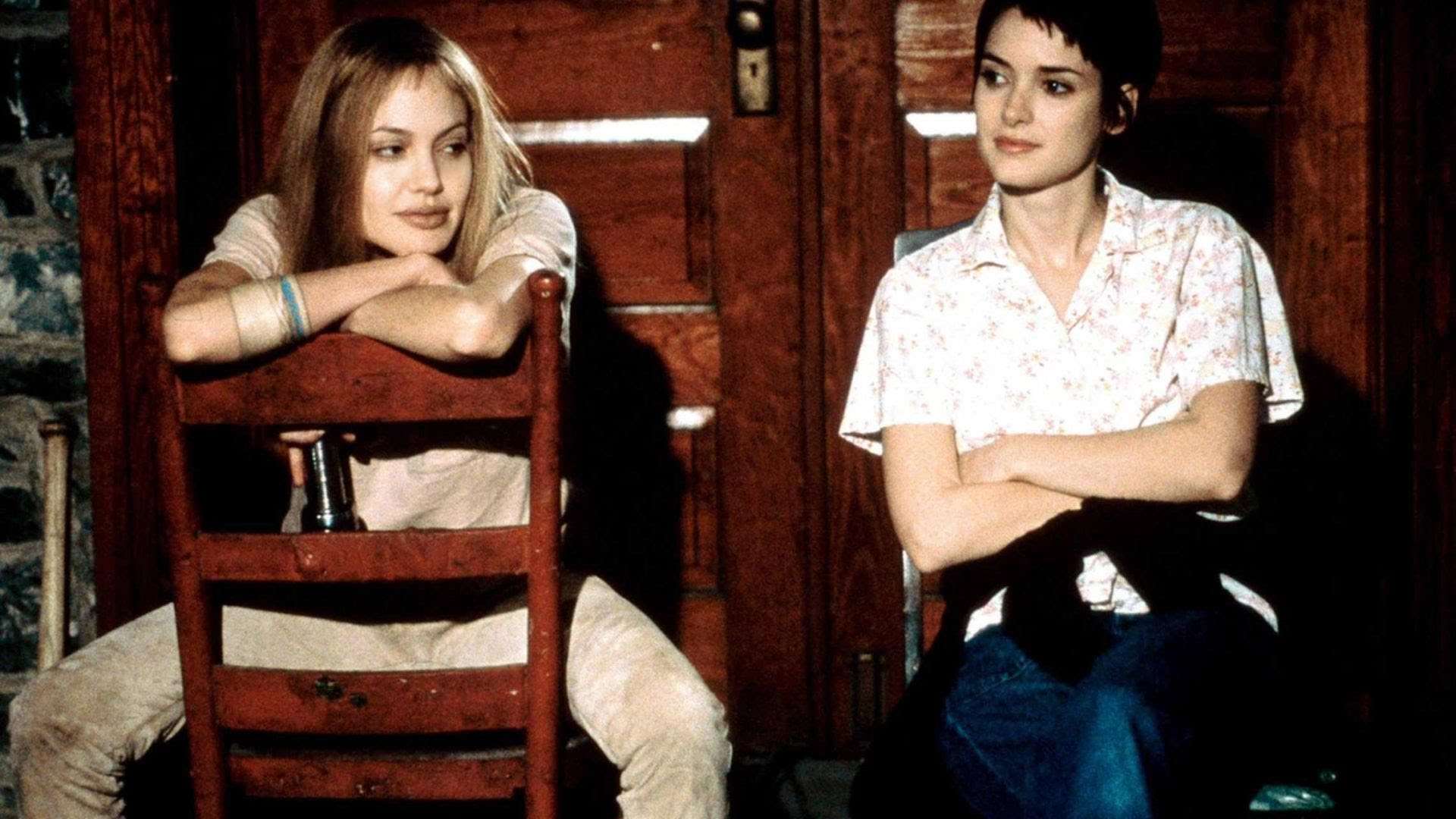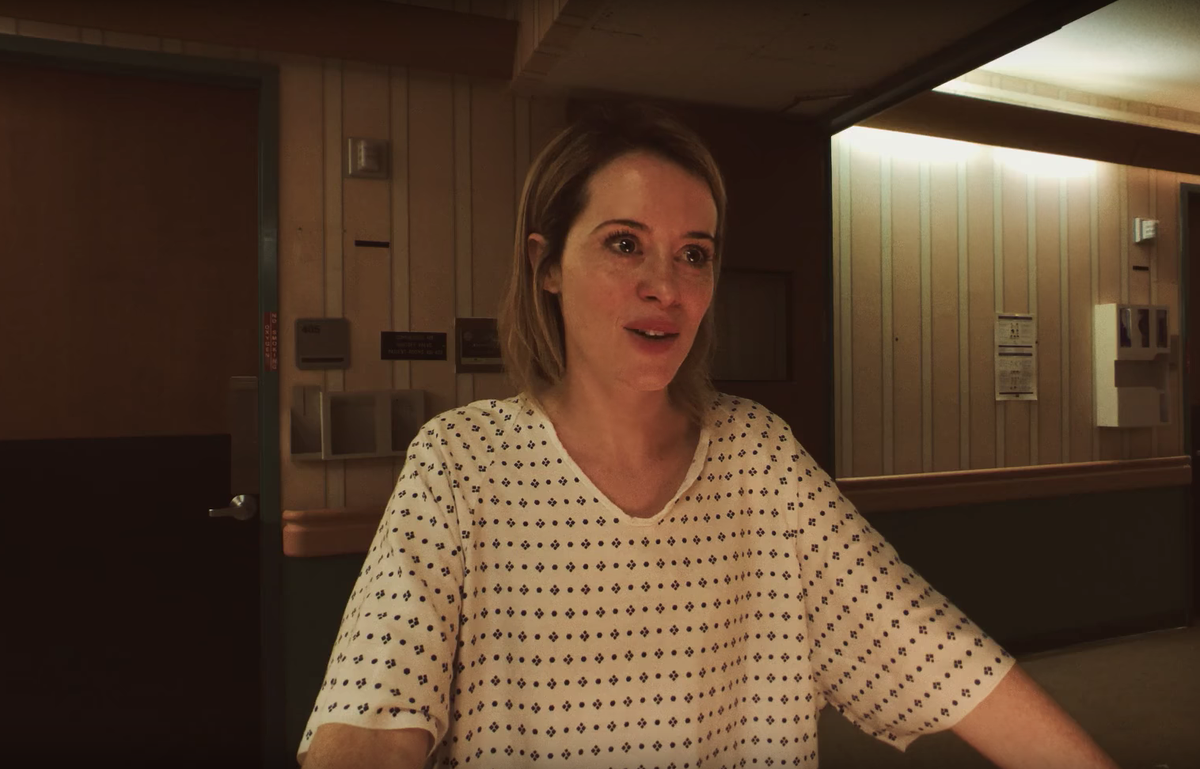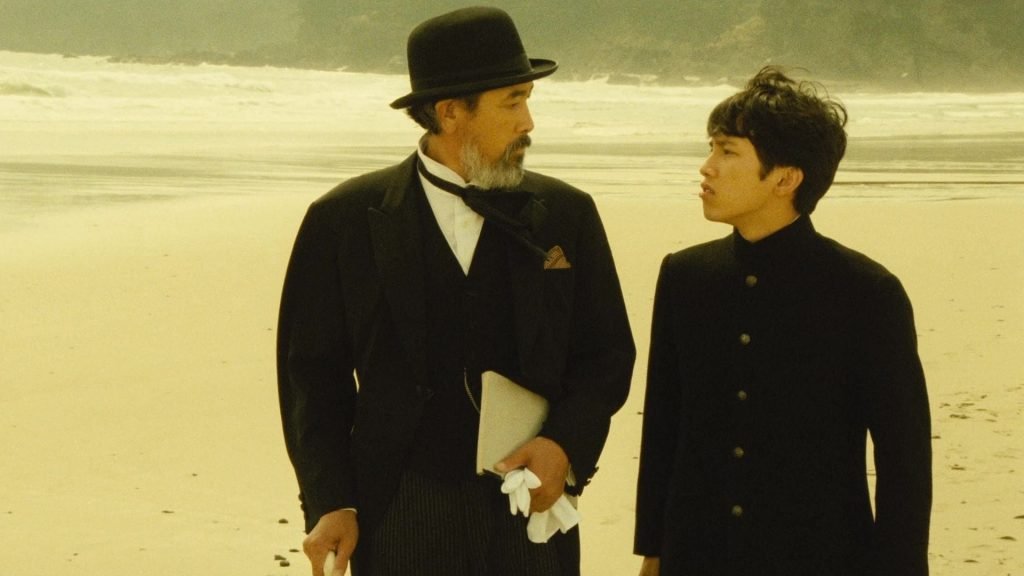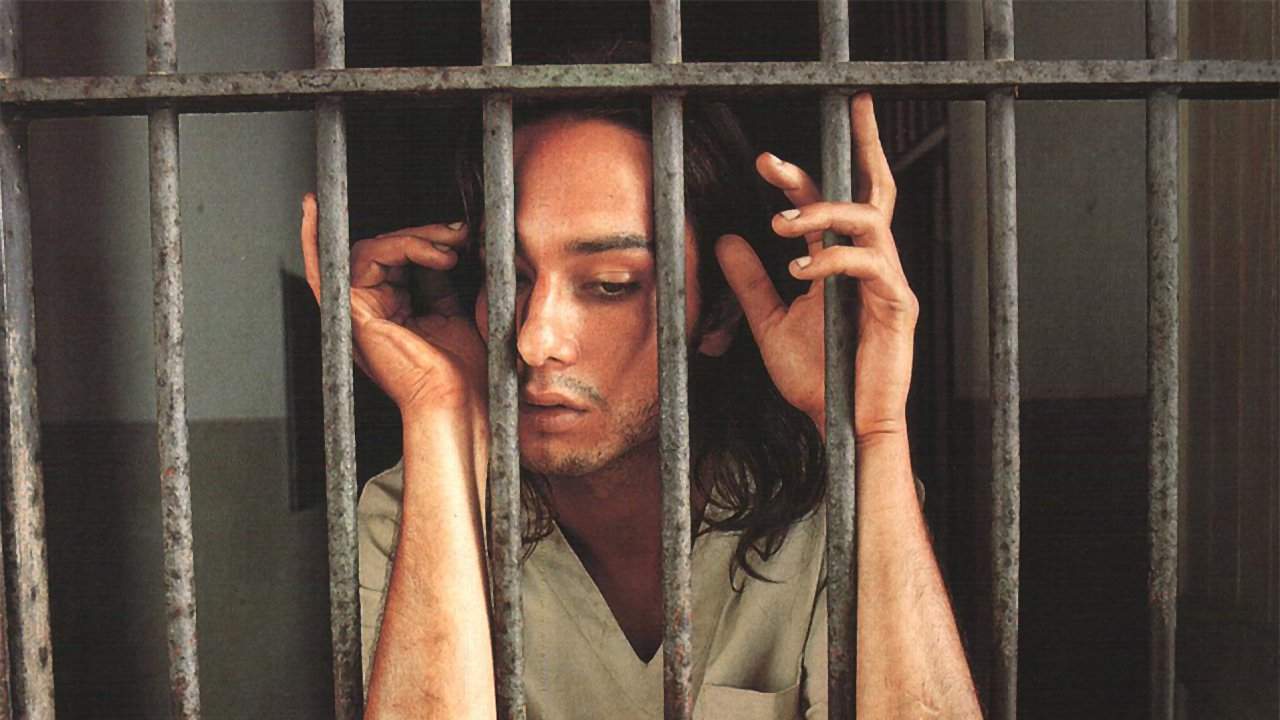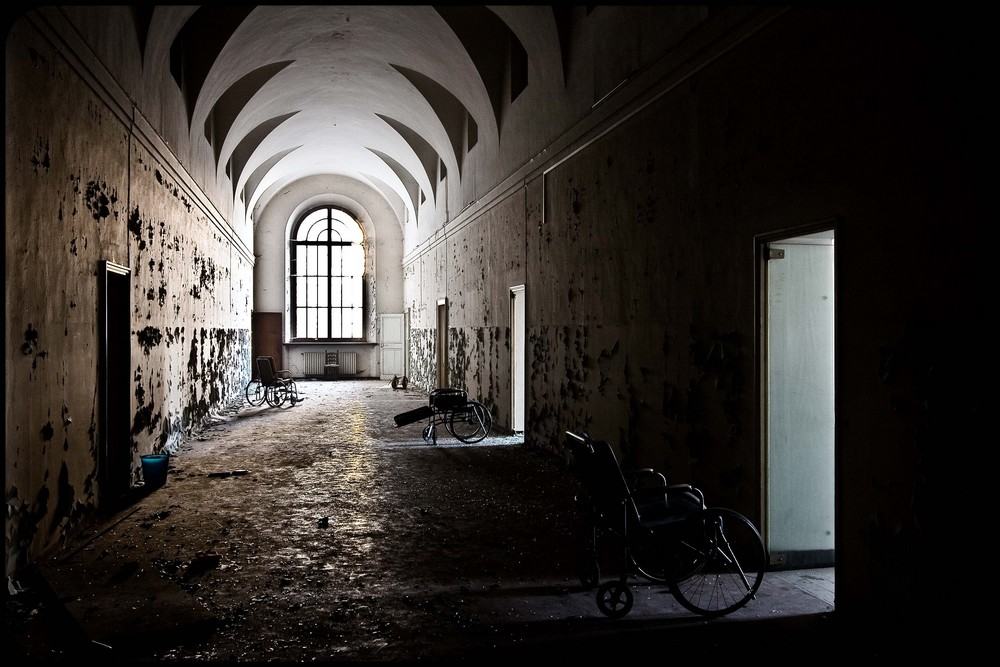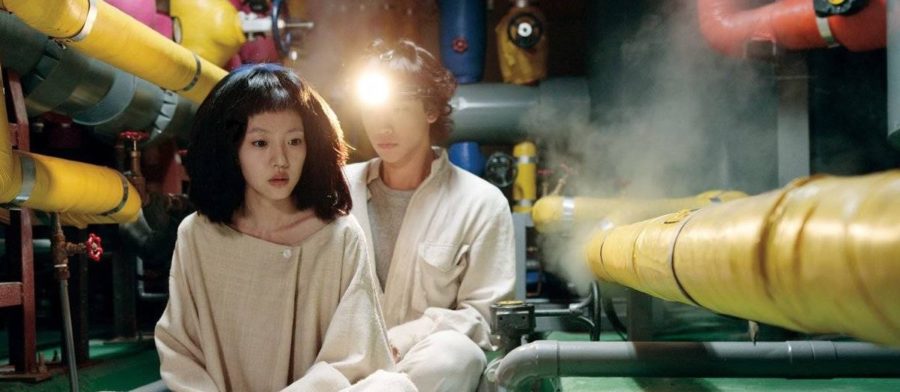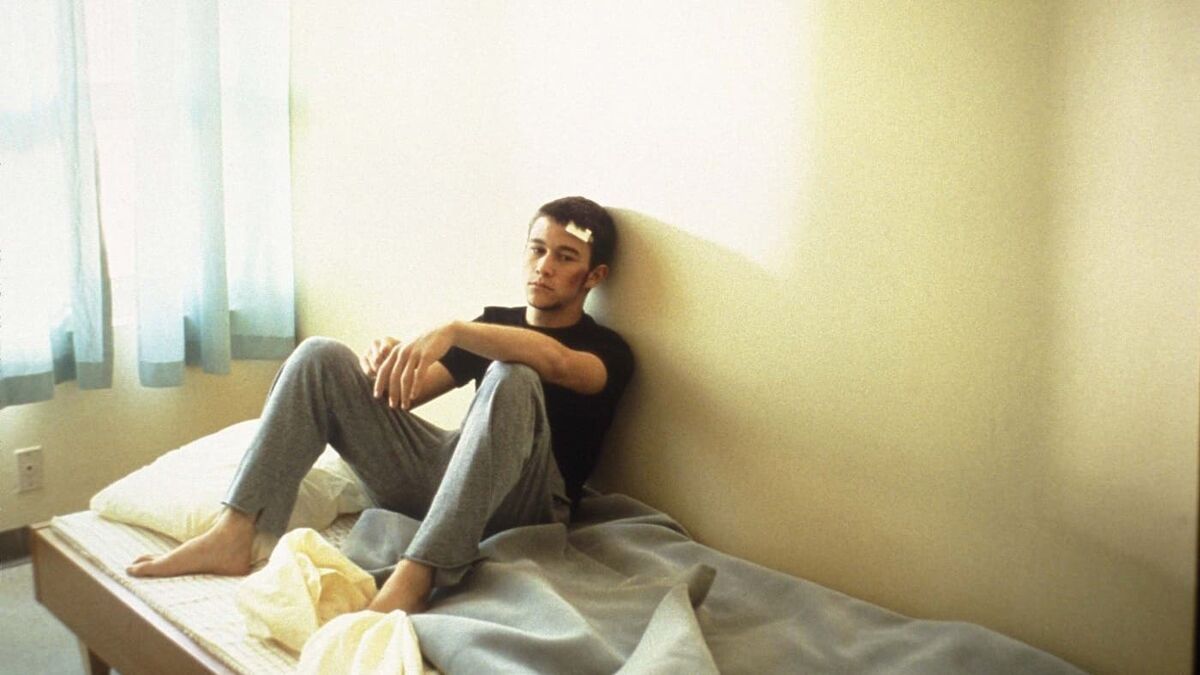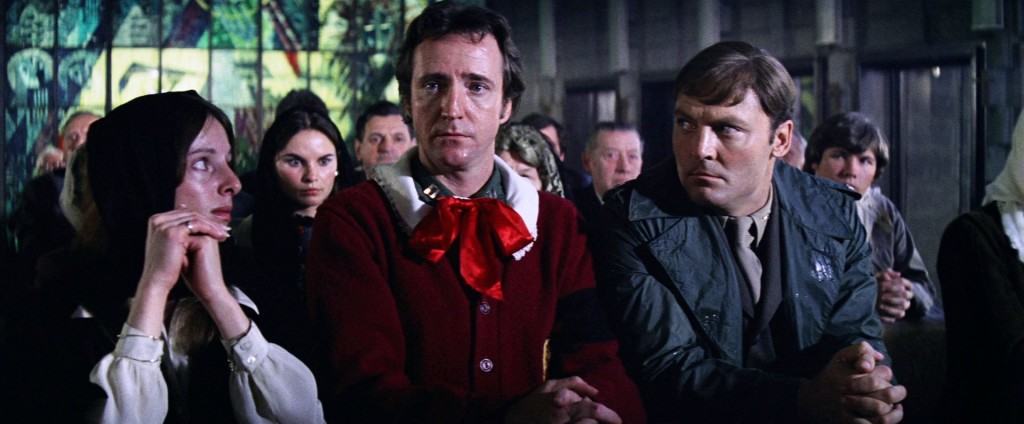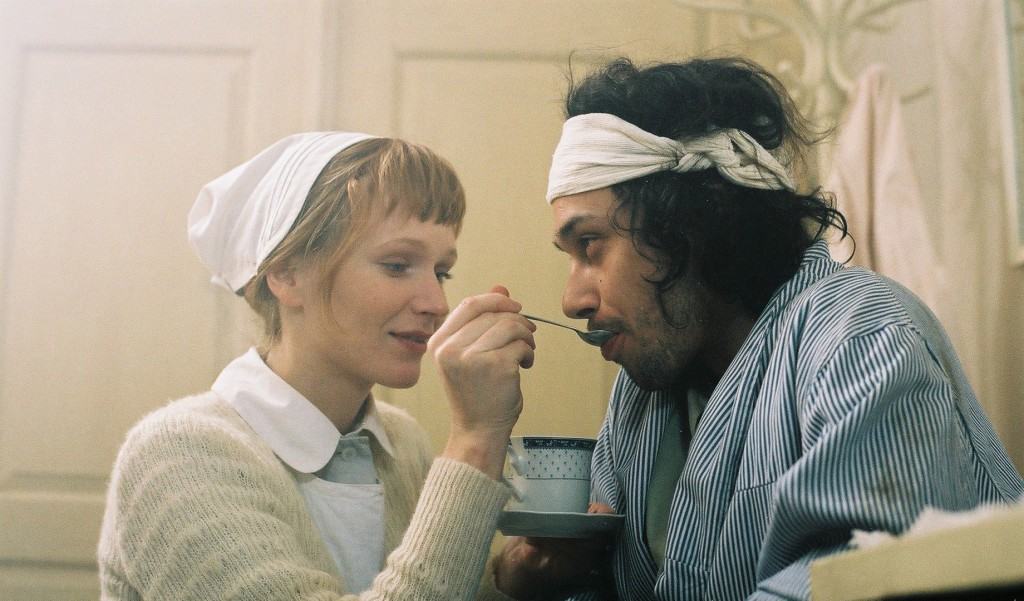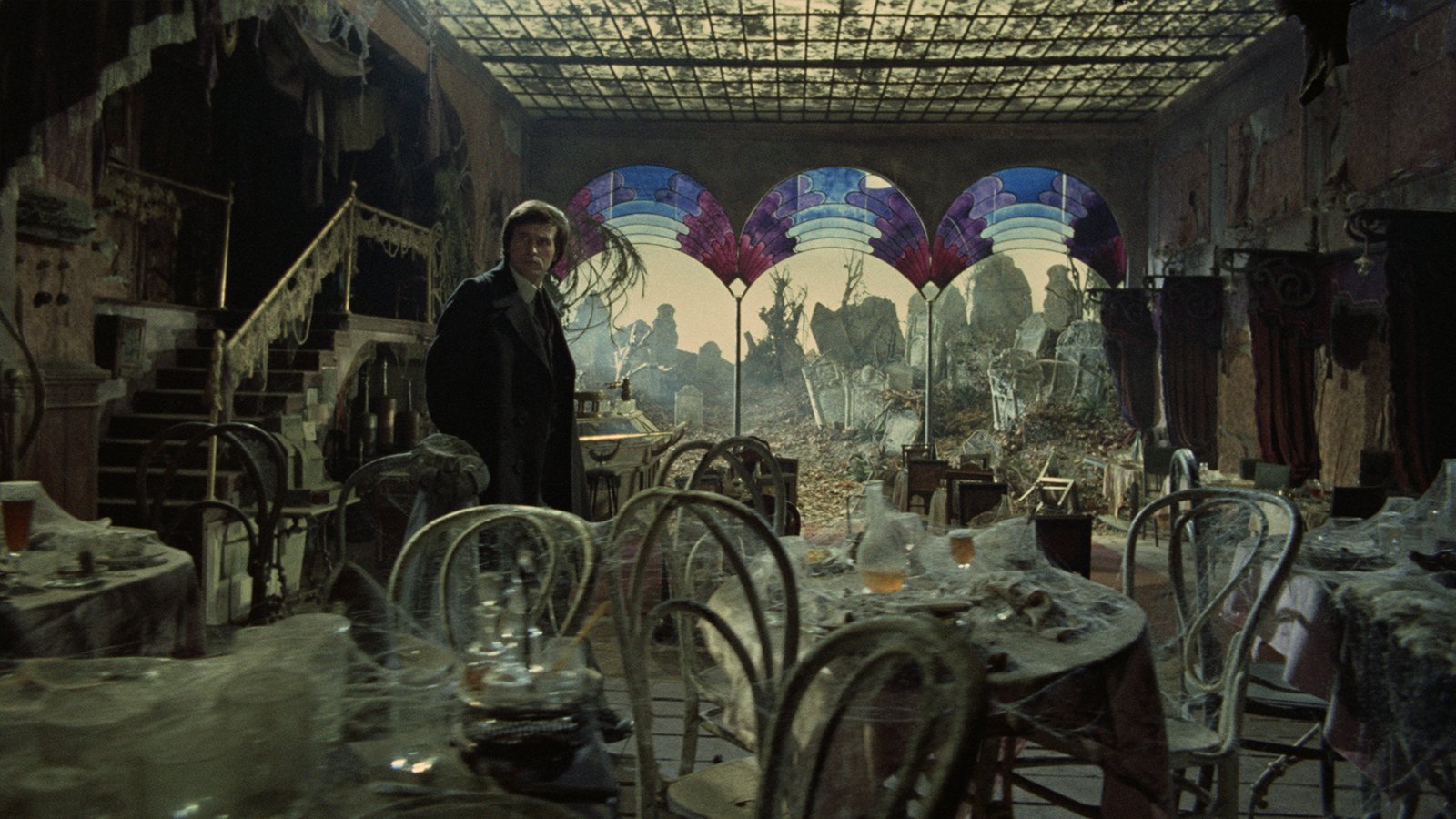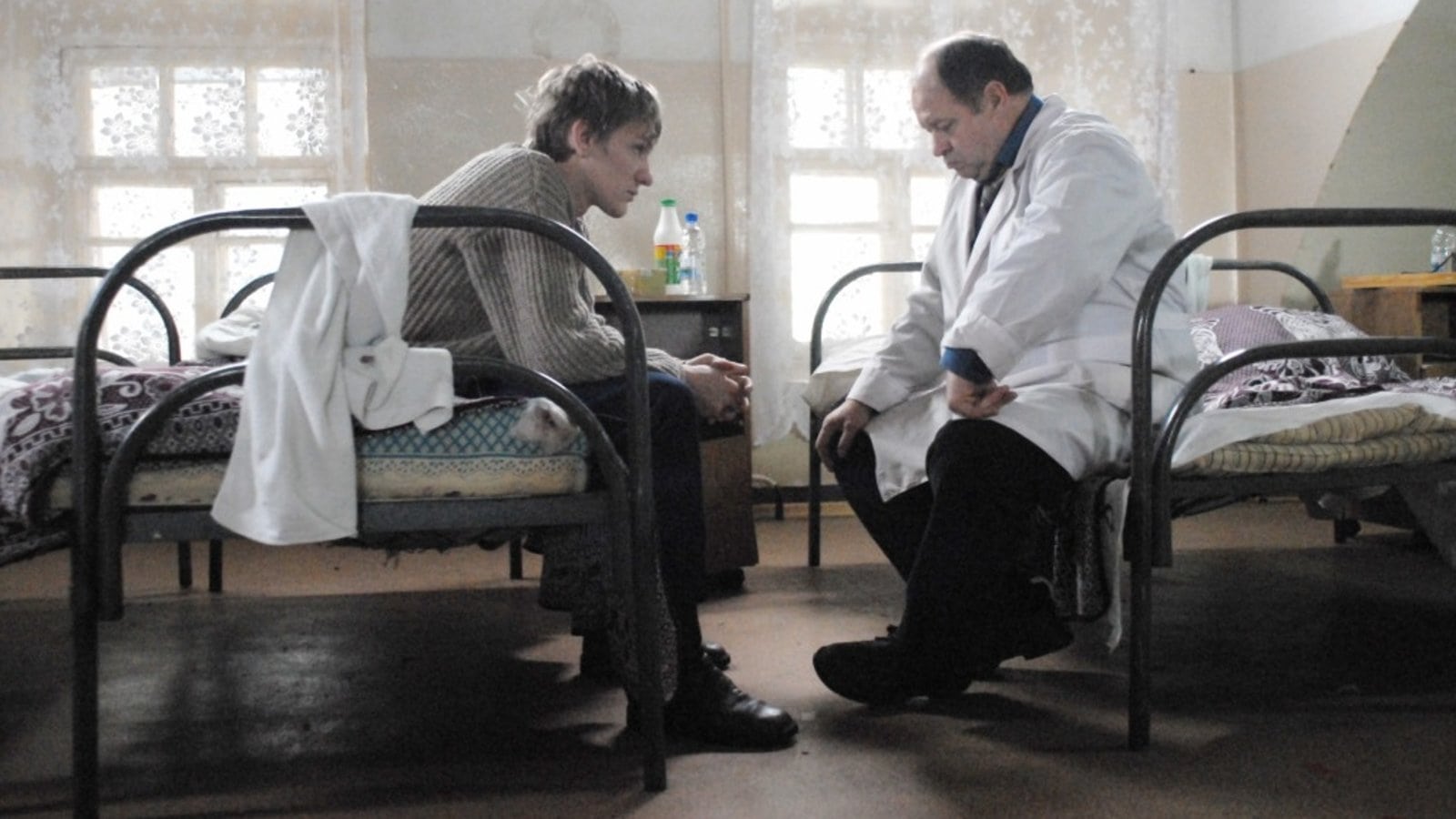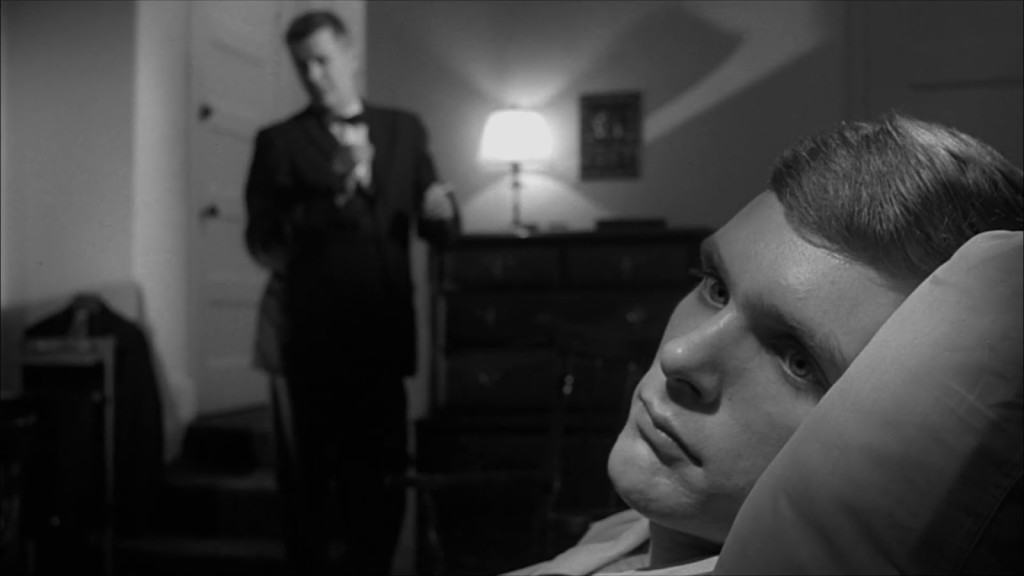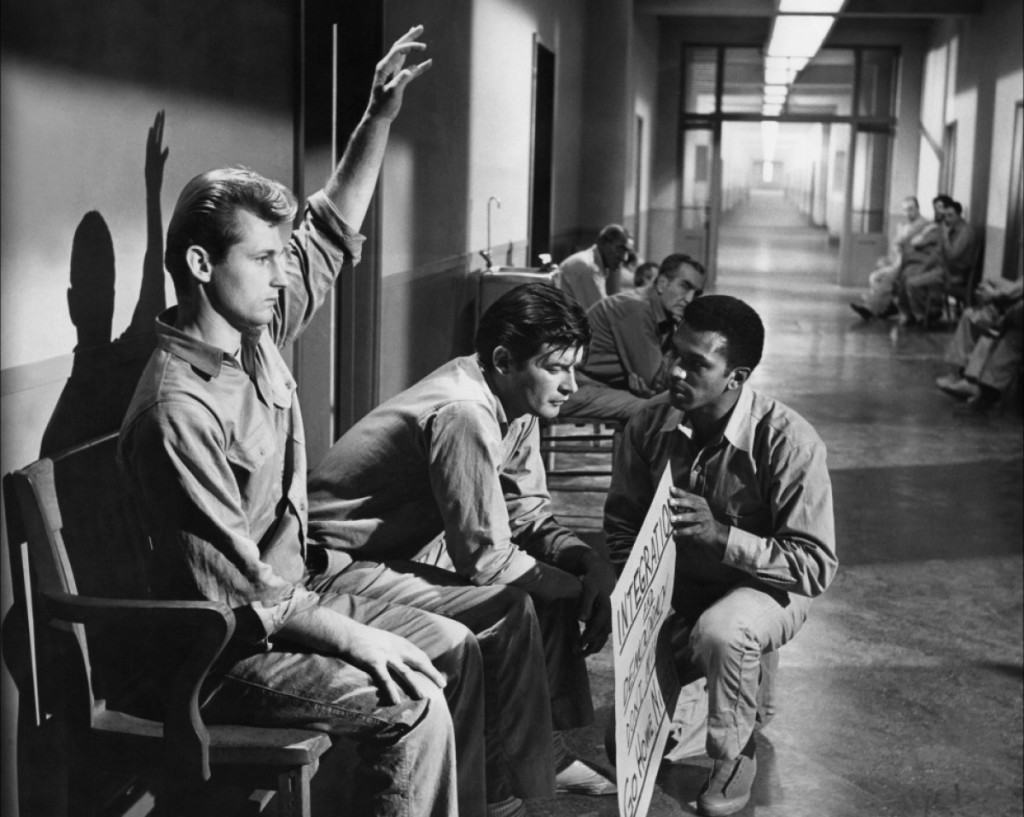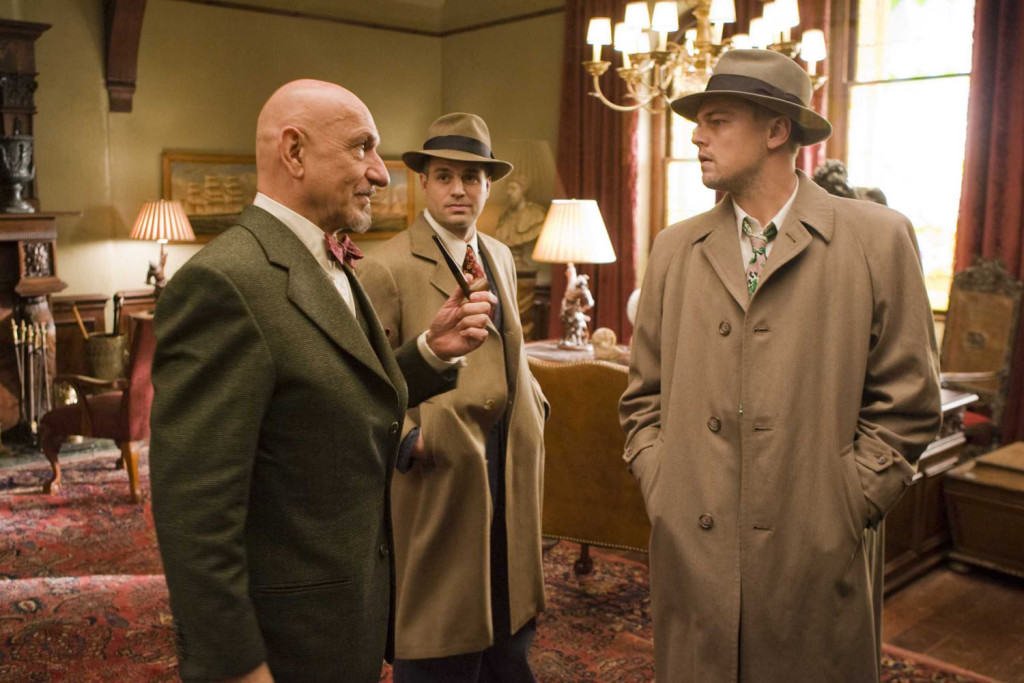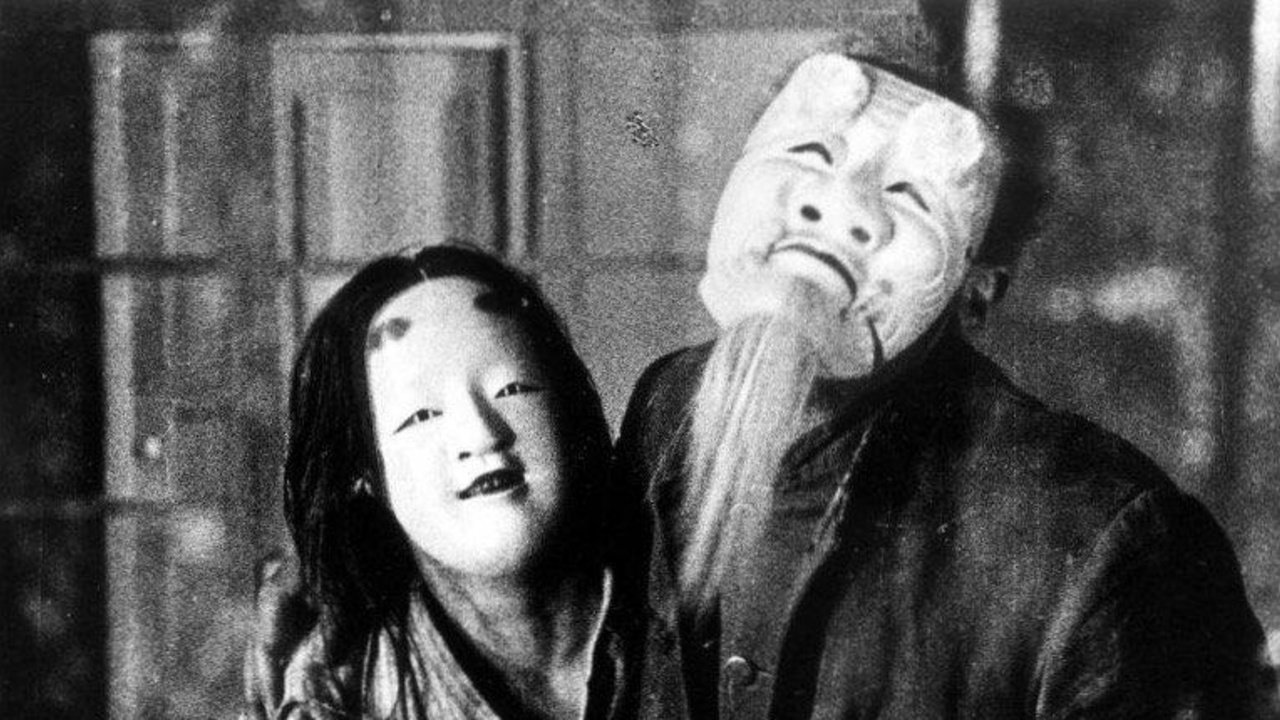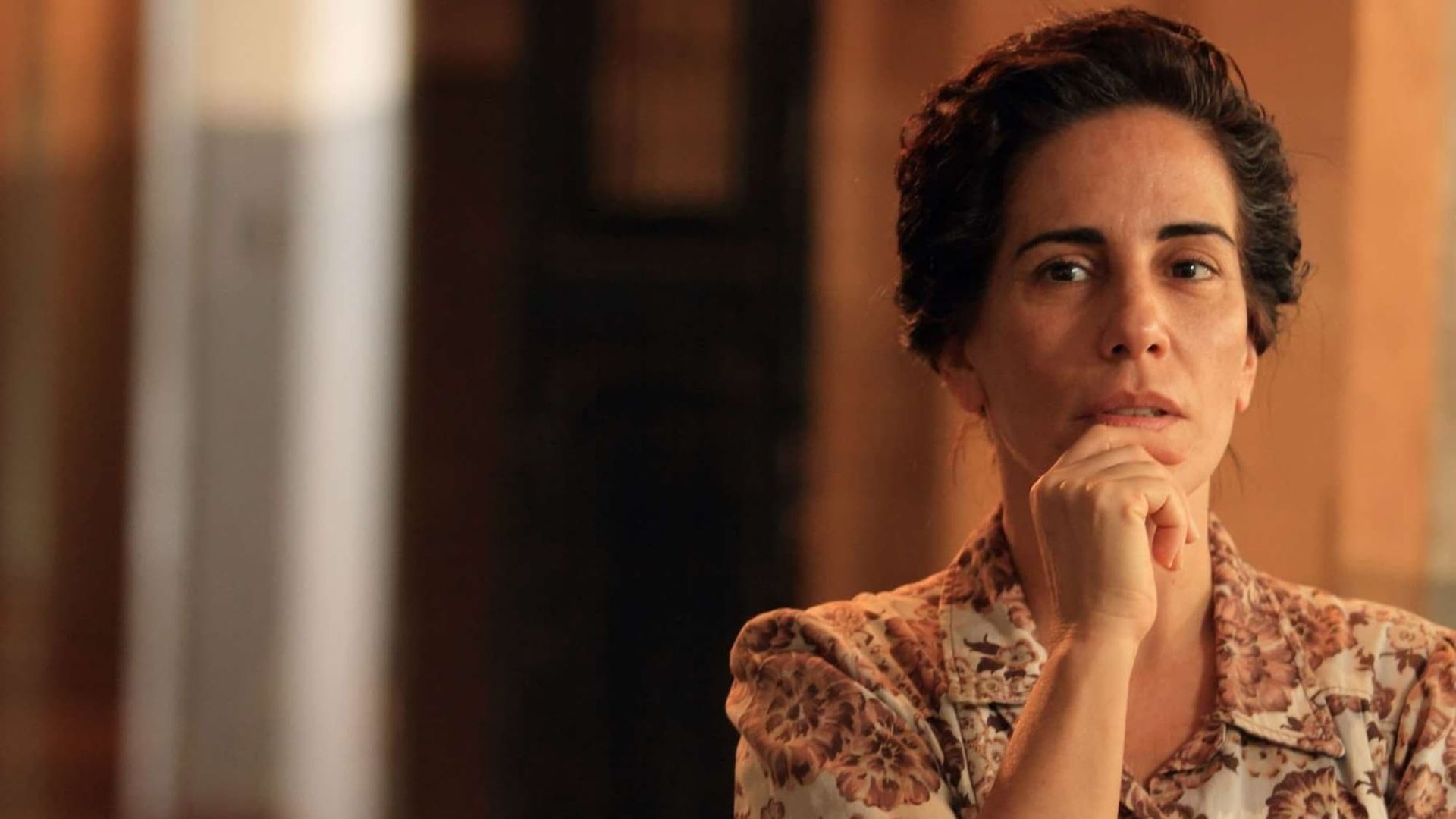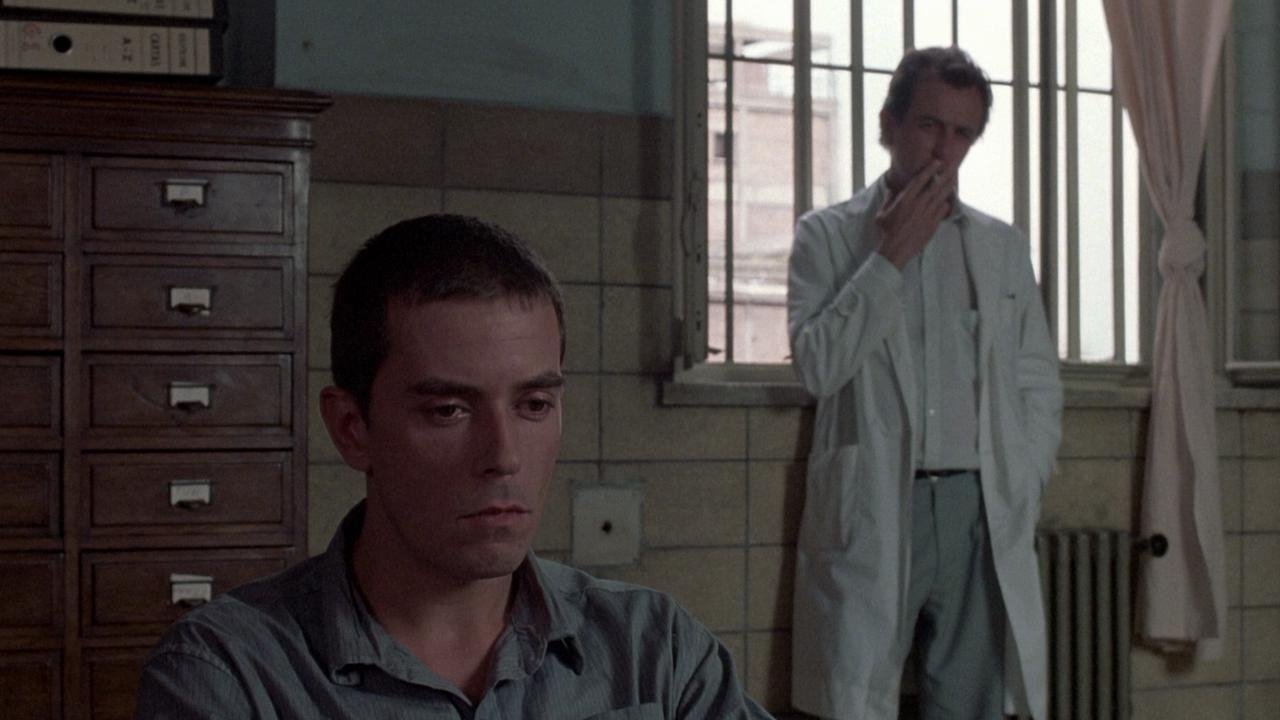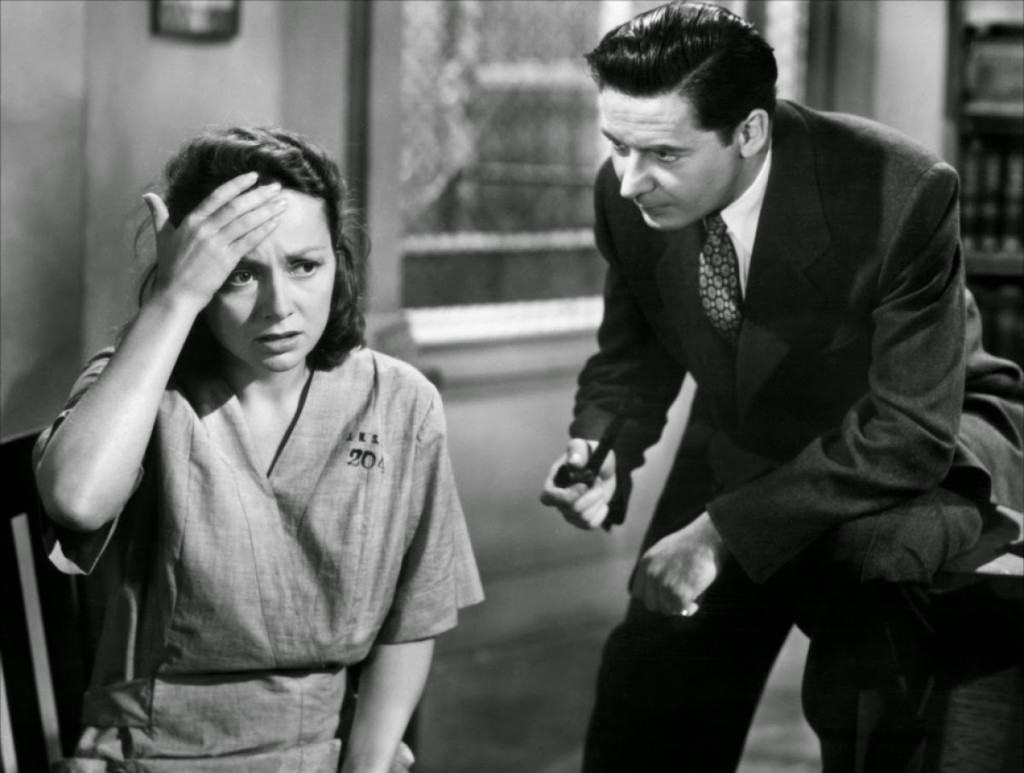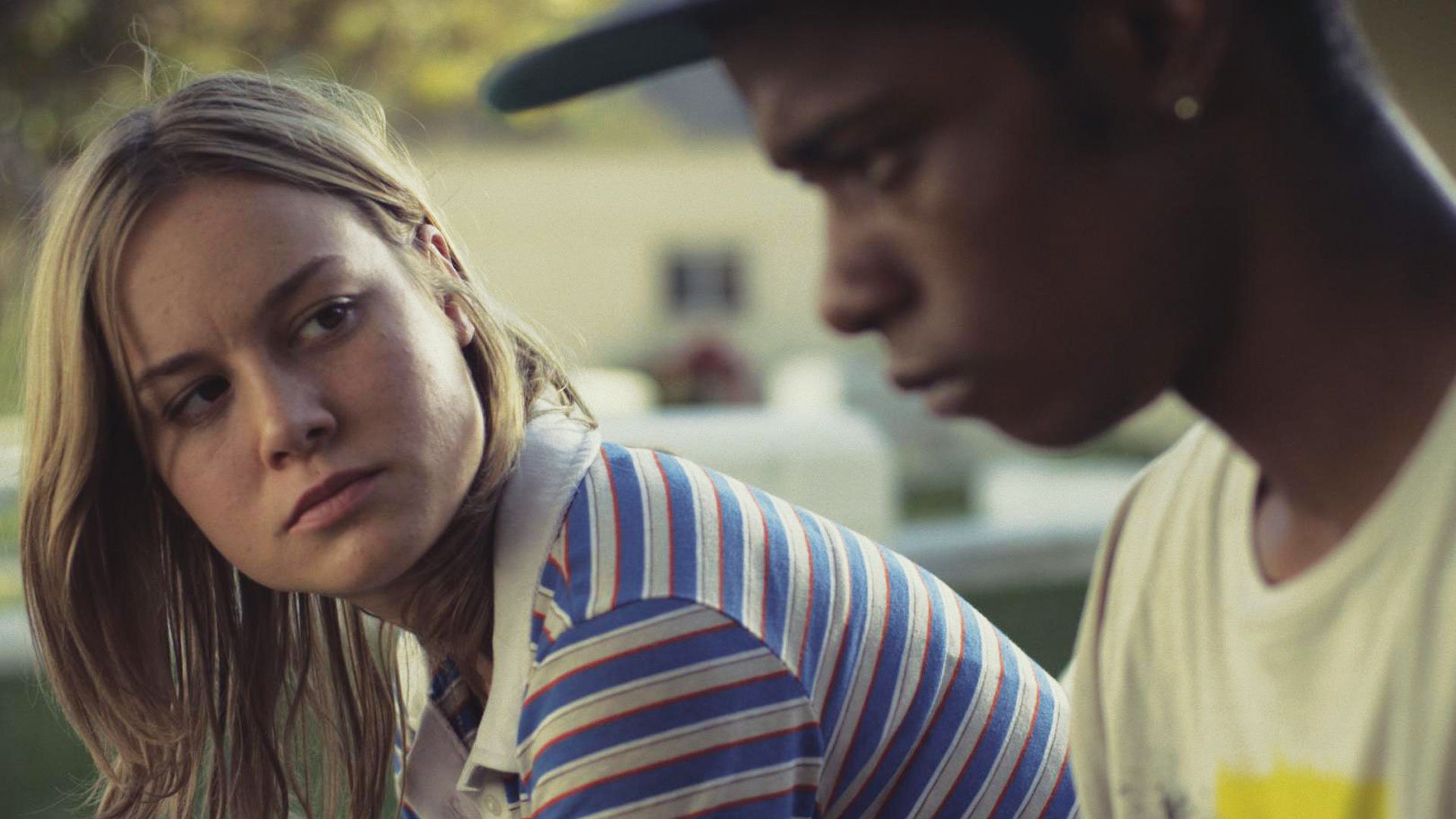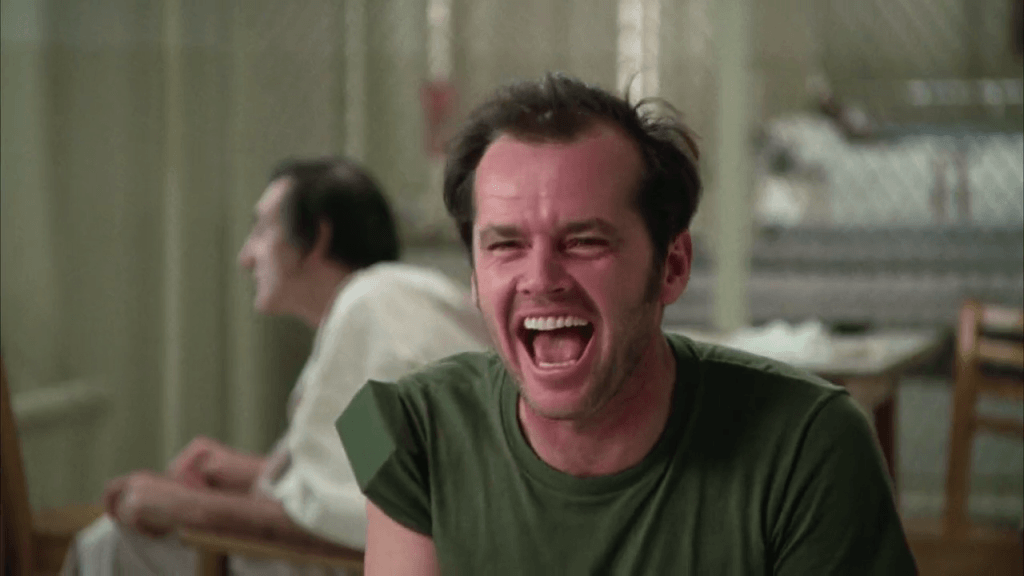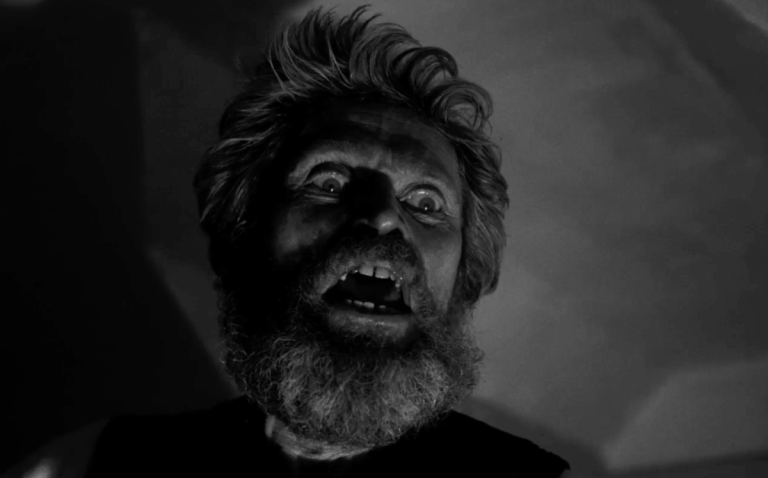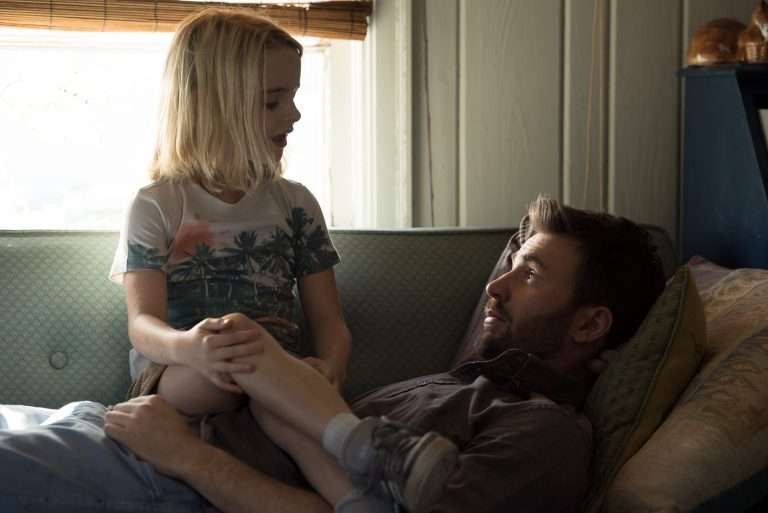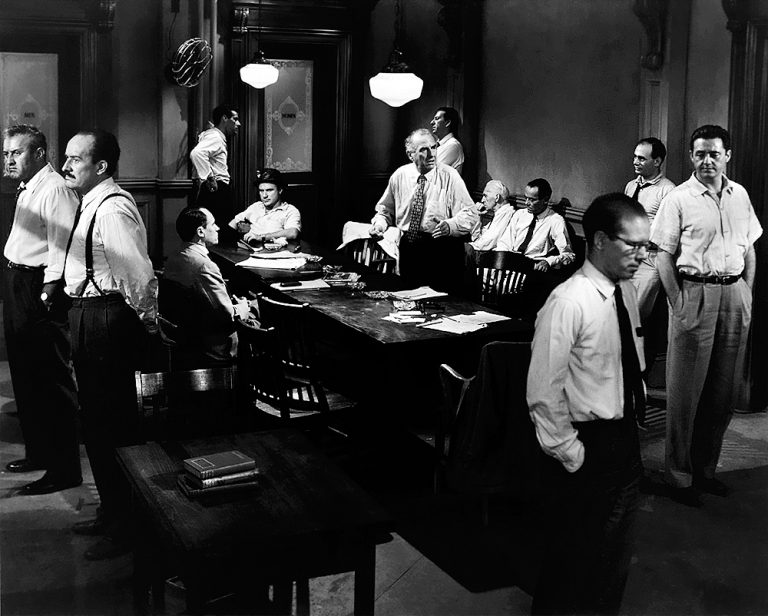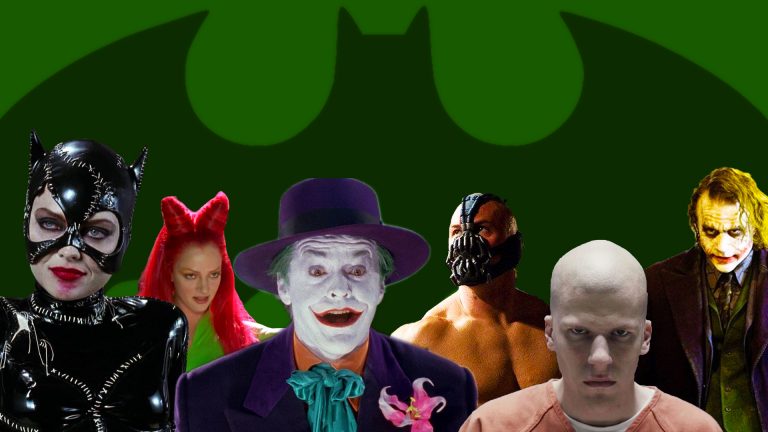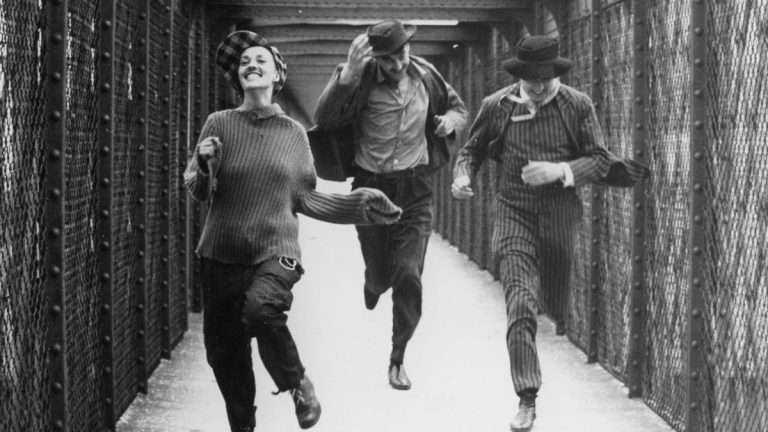What’s the borderline between normal and insane? In legal terms, the word ‘insanity’ can be thrown around to try and give a clear perception of a crime, but in medical terms, how is a person deemed ‘insane’? As one definition goes, being insane means that we are in a state of mind which prevents normal perception or social behavior. It makes me ask what is ‘real’ or ‘normal’.
If I am searching for a fundamental or spiritual truth that my society isn’t aware of, am I an insane person? How could a society with flawed, mad practices judge its people to be sane or insane? In fact, the history of psychiatry is troubled. Mental health services in the old times have rarely benefited the people who needed help.
Now, there are plenty of terminologies, mental health diagnoses, and treatment options. But when it comes to understanding mental health problems, there are still a lot of grey areas. Moreover, the word mental asylum (or psychiatric institution) is another morally grey area. The dehumanizing & intimidating images of mental asylum are hard to erase from our collective consciousness. The ‘asylums’ were the epicenters of psychiatric abuse even till the 1960s and 1970s. A place to lock those deemed mentally ill and the keys were thrown away
The increased awareness about mental health disorders has led to more humane treatment methods. The stigma surrounding mental illness is still there. But the conversations on mental health problems are changing for the better. It’s important to challenge the stigma and discrimination, equip ourselves with relevant knowledge, and be humane.
Cinema does illustrate how the ideas on mental health disorders have evolved over the decades. For a long time, cinema has provided haunting and disturbing imagery on mental health distress and treatment methods, with the caretakers behaving as ‘lion tamers.’ The screen has often shown us the ‘asylum inmates’ drugged into catatonic states.
Most often the movies considered psychiatric institutions as a perfect setting to terrify the audiences. Who can forget the somber surroundings in the opening sequence of the expressionist masterpiece “The Cabinet of Dr. Caligari” (1920), the traumatized, weird world of Fenix in Jodorowsky’s “Santa Sangre” (1989); or that soul-sucking psychiatric hospital dance party sequence in Refn’s “Bronson” (2008)?
Films are also guilty of reducing mentally afflicted individuals, placed in the institutions as ‘comical caricatures’. But, films on this list explore how the stringent and humane approaches within psychiatric institutions have further afflicted and helped vulnerable individuals, respectively.
Related to Mental Asylum Films: 12 Films That Explore Mental Illness
The genre of films included in the list varies from dark comedy, drama, horror, mystery, and thriller. Some of them are painfully cliched, but as I mentioned earlier, it’s all a kind of documentation of the evolving human perception of mental health. The old idea of ‘mental asylum’ is gone. It’s psychiatric care facilities or psychiatric institutions now. But the movie still has a long way to go from its ‘one-size-fits-all’ approach.
The list doesn’t include any documentaries. But there are plenty of documentaries on the subject which most often does a better job than its fictional counterpart. Titicut Follies (1967), Warrendale (1967), Boy Interrupted (2009), and ‘Til Madness Do Us Part are some of the must-see documentaries that raise a lot of questions, not just about mental health but about the human race as a whole. Finally, it’s well-known that lists are subjective. Despite my best efforts, I must have missed out on including some hidden gems that explore this subject. If that’s the case, please educate me in the comments.
25. Bedlam (1946) | Mark Robson
One of 18th century England’s greatest shame was the insane asylum, commonly referred to by Londoners as ‘Bedlam.’ Mark Robson’s horror thriller tracks the experiences of a spirited young girl, Nell’s (Anna Lee) efforts to expose the cruelty & reform ‘bedlam’. But, the sadistic Sims (Boris Karloff), running the asylum, commits the girl into the institution on a trumped-up charge.
Related to Mental Asylum Movies: The Nightmare in Cinema
The film isn’t devoid of conventional Hollywood elements, but it is several cuts above the typical horror films of the decade. The acting and production design, based on Hogarth’s paintings, lend an authentic atmosphere, which has inspired countless movies of the era dealing with similar themes.
24. Don Juan DeMarco (1994) | Jeremy Leven
In Jeremy Leven’s oddball fantasy, Johnny Depp plays a delusional young man who is convinced that he is the world’s greatest lover, Don Juan. His magnetic eyes and steamy words make some women believe that, including the nurses at the psychiatric institution, he has been committed to (“Have you ever loved a woman until milk leaked from her?” asks Don).
Related to Mental Asylum Movies: Dead Man (1995): Poetry of the Sinners
The young man’s ‘erotomania’ is assigned to be treated by distinguished psychiatrist Jack Mickler (Marlon Brando), who is in the process of reviving his own dispirited marriage. The film is a light-hearted portrayal of a state asylum, and the film’s direction or pacing has nothing much to offer. But, the film does brood over the topics of fantasy, imagination, and the boredom of harsh reality.
23. Even Dwarfs Started Small (1970) | Werner Herzog
Werner Herzog’s controversial picture is largely set inside the confines of an institution that’s situated in a small island town with a barren landscape. It doesn’t mention what kind of institution its inmates are rebelling against. Some interpret it as a penal institution, and some consider it a mental asylum. But that’s just one of the metaphorical aspects of the narrative. As the title suggests, the inmates and all the authority figures or administrators of the institution are dwarfs. The film doesn’t have much of a plot or a narrative structure. It just follows the little people wreaking havoc around the institution.
Even by Herzog’s standards, this is a bizarre and disturbing movie. The filmmaker is often fascinated by the strangeness and absurdities of the human condition. Through the rebellion of the small people, Herzog is commenting on humanity’s self-inflicted troubles and how repression in the form of institutions only amplifies the desire for self-destruction. In fact, Herzog’s vision often seems sanest in the madhouse of a world.
22. House of Fools (2002) | Andrei Konchalovsky
An anti-war allegory employing the inmates of an abandoned asylum is, of course, not a fresh cinematic subject. Philippe de Broca’s famous quirky comedy King of Richards (1966) is set in a deserted small town where the neglected inmates of a psychiatric institution take over the town. The scenario gets playful when a lone Scottish soldier is sent to defuse a bomb in the town. Andrey Konchalovsky’s House of Fools is based on a true incident – happened during the First Chechen War – and is bleaker than ‘King of Richards’.
The film revolves around Janna, a young, cheerful blonde who enlivens the atmosphere with her accordion. Janna has an unhealthy obsession with the Canadian singer Bryan Adams to the point of believing that she is engaged to him. Janna imagines that Bryan visits here, i.e., whenever she is stressed enough to distort her reality. House of Fools is not a very well-rounded look at the inmates of a mental health institution, largely because, apart from Janna, the other characters are reduced to caricatures. Yet it’s a decent film when it reflects on the uncomfortable situation through the eyes of Janna.
21. Girl, Interrupted (1999) | James Mangold & Jonathan Kahn
American author Susanna Kaysen’s memoir relates her brief stay (during the 1960s) in a psychiatric hospital after being diagnosed with borderline personality disorder. In James Mangold’s movie adaptation, Winona Ryder gives the powerful angst-ridden portrayal of Susanna, while Angelina Jolie plays the charming sociopath Lisa.
Related to Mental Asylum Movies: Changeling [2008]: Conventional but Captivating
Those who have read the memoir might feel the absence of Susanna’s unique voice and dark humor in the visuals, although the ensemble (including Whoopi Goldberg, Jeffrey Tambor & Vanessa Redgrave) delivers a fine-tuned performance. With the hidden society of misfits, “Girl, Interrupted” conveys the neurosis of contemporary young women embracing their girlhood within rigid societal constructs. Winona Ryder’s ‘interrupted’ character soulfully points at the ignorance of the manifold yearnings of a young woman.
20. Unsane (2018) | Steven Soderbergh
Steven Soderbergh’s taut iPhone-shot thriller, embellished with a yellowish color palette, perfectly brings out the dread of the central character stuck in a psychiatric institution. Claire Foy plays Sawyer Valentini, who moves and gets a new job to escape her stalker. But an unexpected turn of events leads Sawyer to be involuntarily committed to a psych ward, where her stalker is one of the hospital staff.
The inmates of mental health institutions are never heard, and moreover, they are vigorously suppressed. The horror of it is brilliantly brought to the fore in this claustrophobic narrative. It’s thoroughly unsettling when the young woman’s misgivings are easily dismissed while she is also hunted down. That says something about the larger society, too. Nevertheless, Unsane does feature quite a few clichéd ideas of the psychological horror genre as well as archetypal characters.
19. Dogra Magra (1988) | Toshio Matsumoto
Based on Yumeno Kyusaku’s famous novel, the movie version, directed by Toshio Matsumoto, deals with the experiences of a young insane man, Kure Ichiro, confined to an Eastern philosophy talking psychiatric doctors of a mental asylum. Like the young protagonist who killed his fiance on the day of marriage, we are also haunted by many unanswered questions.
It very much moves like a jigsaw puzzle, where the mystery contracts and expands at different points of the narrative. Matsumoto, the legendary underground filmmaker of Japan, has designed this film to be a surrealist mind f**k, where we need to pay closer attention like a sane individual. The tangle of madness and lies encountered by Ichiro could also be viewed as a metaphor for the emotionally afflicted Japanese youth.
18. Brainstorm (2001) | Laís Bodanzky
Brazilian film-maker Lais Bodanzky’s painful docu-drama, similar to “Girl, Interrupted”, chronicles author Mr. Carrano’s stay in a hellish mental asylum for a detox program. Middle-class teenager Neto (Rodrigo Santaro—played as Xerxes in “300”) is a normal boy, but feels alienated from his family and hangs out with friends for music & drugs.
The father, when he sees his son smoking joints, takes a drastic step by tricking him into being confined at a corrupt, mistreated mental asylum. The unattractive palette of colors makes us comfortable, infusing a certain level of dizziness. There are usual cliched dialogues & scenarios, but the raw performance of Santaro plus the decadent atmosphere is hard to shake off from our minds.
17. Session 9 (2001) | Brad Anderson
Brad Anderson’s horror/mystery is like his future work “The Machinist,” which is a peek into the dark side of human psychology. But, the majestic & rotting Danvers State Hospital plays a vital role in its protagonist’s sinistral downfall. It is almost inconceivable to think of the film’s effectiveness without the terrifying atmosphere of the asylum.
The plot centers on an asbestos abatement crew winning a bid to do a job in an abandoned insane asylum. One member of the crew plays the tape of a former, dangerous patient with multiple personalities, and Gordon (Peter Mullan), the crew leader, starts to behave mysteriously. The eerie, labyrinthine, alienating rooms of the institution pervades like a deadly virus in the mind of Gordon. Its exploration of insanity might be unconvincing; nonetheless, it remains scary.
16. I’m a Cyborg, but that’s OK (2006) | Park Chan-wook
Acclaimed Korean filmmaker Park Chan-wook’s offbeat romantic drama, set in a mental asylum, tells the story of Young-goon, who, driven crazy by her assembly line work, thinks of herself as a cyborg and tries to charge herself by plugging into the mains. In the mental hospital, she stubbornly refuses food in favor of a battery charge. In comes another shy, oddball, Il-soon, who wants to find a way to make her eat normal food.
The whole idiocy and love shown in the asylum become a parable for our own machine-run world, where we desperately try to accept & believe in others’ feelings. As a crowd-pleaser, the film is cloying, but there is a fine dose of Korean whimsicality or quirkiness that we can’t deny its infectious charm.
Related to Mental Asylum Movies: The Handmaiden [2016]: A Perverted Tale of Love & Deceit
15. Manic (2001) | Jordan Melamed
Jordan Melamed’s American indie is set in the juvenile wing of a psychiatric institution. It’s devoid of the age-old dramatic tropes of sadistic nurses and drug-addled inmates. The institution is run by a perceptive and calm counselor named Dr. Monroe. The imagery – lacking any stylistic adornment – delves into the teenagers’ mental health issues, keeping intact all its complexity.
It’s hinted early that the only thing that might impede the recovery is their relapse into destructive habits. Dr. Monroe clearly confers that no pat resolutions are waiting for these teens, just after staying a few weeks in the institution. He suggests no one can escape from their destructive temperaments, but one can learn to control them. Manic deals with ambiguities that are avoided by most psychiatric institution dramas. However, the film does get a bit sentimental in the latter half and treats some characters as mere ciphers. A lot of themes addressed in Manic were addressed relatively deeper in Cretton’s break-out indie feature Short Term 12.
14. The Ninth Configuration (1980) | William Peter Blatty
Novelist William Peter Blatty’s (“Exorcist”) directorial debut has attained cult classic status in the years preceding its lukewarm commercial response. The narrative takes place in an abandoned castle that has been transformed into an insane asylum for traumatized Vietnam War veterans. Colonel Vincent Kane (Stacy Keach in his best role) is appointed as a head psychiatrist to use unusual methods to cure the assortment of weird inmates.
As in these types of films, one tough nut patient named Captain Billy Cutshaw (Scott Wilson) doesn’t buy Kane’s words and argues with him on everything from God to politics. But, the dynamics between these two central characters never devolves into a stereotype and remain partly humorous & profound until the end. Peter Blatty marvelously builds & breaks down the lines that divide rationality and insanity. As in life, there are many moments here left for us to contemplate what is concrete and what a hollow delusion is.
13. Lunacy (2005) | Jan Švankmajer
The works of Czech surrealist filmmaker Jan Svakmajer (“Alice”, “Faust”, “Little Otik”, etc) are highly divisive. You can either get into disturbing & absurdly funny premises or else reject it with vehemence. “Ladies and Gentlemen, what you are about to see is a horror film with all the degeneracy peculiar to that genre. It is not a work of art. Today, art is all but dead anyway” says Mr. Svankmejer while introducing his lunatic film at the opening credits. For this madly genius horror film, set in a mental asylum, the director draws inspiration from the tales of Edgar Allan Poe and Marquis de Sade.
Two approaches are shown to run an asylum – one founded on freedom, while the other on control & punishment. A young, naive man named Jean Berlot experiences a series of nightmares in a story that meanders with fierce fancy. Although the film’s much-talked-about asylum makes an appearance only after an hour, it doesn’t matter whether the narrative moves within the walls of the mental institution. Because Svankmejer’s vision of madness has no boundaries, and the whole spacious world looks like one hellish madhouse. This eulogy for man’s lost humanity will haunt the darkest corridors of our minds.
12. Angels of the Universe (2000) | Friðrik Þór Friðriksson
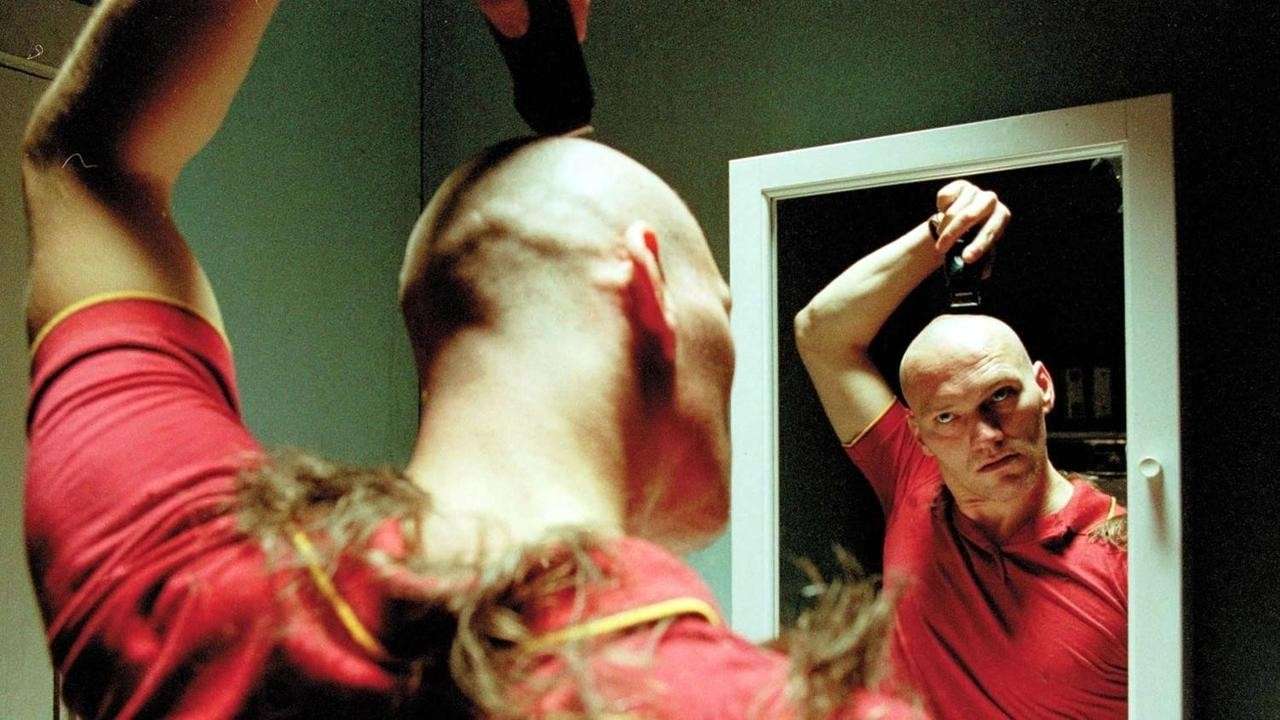
Based on author Einar Gudmundsson’s novel, called as Icelandic ‘One Flew over the Cuckoo’s Nest’, Thor Fridriksson’s movie poignantly deals with the nature of insanity in the life of Paul, an unsuccessful artist. Paul’s descent into madness starts when he is rejected by the girl he loves. Soon, he is placed in a mental asylum, where he befriends a man who thinks he’s Hitler and Oli (played by famous Icelandic director Baltasar Kormakur), who thinks he telepathically wrote The Beatles’ songs.
While the film, like many asylum-based works, tries to blur or comment on the line between sane & insane in society, it also serves as a vital piece to showcase the alienated life in Scandinavian lands. Its cynical, melancholic tone expresses how empty life would be if all there’s left to reflect in society is insanity and anger. There is also some metaphorical imagery to give the narrative a poetic beauty.
Related to Mental Asylum Movies: 25 Essential Iceland Movies That Are Worth Your Time
11. The Hourglass Sanatorium (1973) | Wojciech Has
The unique literary works of Polish Jewish writer Bruno Schulz could be best described as ‘dissent against reality.’ Schulz himself calls his writing: “the mythicisation of reality”. An author often compared with Kafka, Schulz’s unusual, sorrowful, and rich prose is considered semi-autobiographical fiction. Sanatorium Under the Sign of Hourglass – originally published in 1937 – was the second of his two surviving short story collections. Wojciech Jerzy Has’ adaptation of Schulz’s story is a wonderful achievement, largely due to the way the filmmaker transforms the author’s tough prose into ecstatic and sensuous imagery.
The ‘Sanatorium’ in the title isn’t overtly indicated as a psychiatric institution. However, the film’s protagonist, Josef, makes his way to the titular institution to meet his father. But he finds the place deserted, and the sanatorium itself turns into a dreamscape where time is not linear. In each room, Josef finds his past life experiences and that of his father. Moreover, all these recollections have a distorted, surrealist quality to them. The eponymous institution in the movie is often seen as an allegory of Poland caught in the vortex of the then-Communist regime.
Related to Movies Set in a Mental Asylum: 15 Must-see Surreal Films of 2015
10. Ward No. 6 (2009) | Karen Shakhnazarov, Aleksandr Gornovsky

Alexander Gornovsky and Karen Shakhnazarov’s Ward No. 6 is a good adaptation of a timeless Anton Chekhov short story. The story was previously adapted for a Yugoslav film (titled ‘Ward Six’) in 1978. One of the striking aspects of the adaptation is that the writer/directors have moved the story from Tsarist Russia (the 1890s) to the present. The film revolves around Dr. Ragin, who becomes an inmate at his own institution. His colleagues and friends recount – presented as documentary interviews – the gradual nervous breakdown of the psychiatric institution’s former overseer. It all begins after Ragin’s encounter with a patient named Gromov.
Ward No. 6 challenges one’s notions of insanity and our preconceptions regarding mental illness. It’s told that Chekhov wrote the story after his experiences at a penal colony situated in the extremely isolated Sakhalin Island. He worked as a public health inspector. The film was a surprisingly good re-imagining of Chekhov’s story, keeping intact the complex questions regarding societal prejudices and perception of mental health issues.
9. David and Lisa (1962) | Frank Perry
Frank Perry’s minor art-house film (adapted from a novel by Theodore Rubin) has the premise of a boy-meets-a-girl story. Only here, the boy David (Keir Dullea) plays an extremely intelligent boy who turns aggressive when touched. The girl Lisa (Janet Margolin) is a schizophrenic who carries a deep trauma and only speaks in rhymes. They are thrown in together at a private psychiatric hospital. What separates this work from usual melodramatic mental asylum films is that it approaches its characters and their surroundings with sensitivity and understanding. The internal turbulence & frustration of the characters are portrayed with rare attention to detail; not characterized by ridiculous outbursts.
The film also showcases an idealized atmosphere for the mental institution and depicts how certain kinds of mental illnesses could be cured by better communication. Both the characters awaken for a better future in the care of attentive Dr. Swinford (Howard De Silva). The film’s most unforgettable, tender scene happens when Lisa goes to an art museum for a field trip. Watch out for the painful action when Lisa sees the statue of a mother embracing her infant.
8. Shock Corridor (1963) | Samuel Fuller
Samuel Fuller’s pulp classic takes place inside confined spaces (there is some exotic footage of locations in Japan). Even when its reporter protagonist is shown outside the mental institution, he is bound to four walls, obsessed with the risks he wants to take to attain the Pulitzer Prize. The plot concerns Johnny Barrett (Peter Breck), a newspaper reporter who wants to unravel the mystery behind a murder that happened in a state psychiatric hospital. To question the inmates who had witnessed the killing, Barrett risks his sanity and, by trumped-up complaint, gets into the mental institution.
Despite the pulpy storyline, Fuller manages to explore the themes of obsession that turn around the sane individuals. He is able to cram in political ideas and social observation through the emotional suffering of the inmates. DoP Stanley Cortez and Fuller work in tandem to precisely visualize the disintegrating inner mental state of Barrett and the pervading insanity in the dark corridors of the asylum.
7. Shutter Island (2010) | Martin Scorsese
Martin Scorsese’s psychological thriller (based on Dennis Lehane’s novel) opens with the arrival of US Marshal Teddy Daniels (Leonardo DiCaprio) to the dark isle, where the infamous criminally insane patients are confined to Ashecliffe Hospital. Teddy is there to investigate a disappearance and gradually learns that the missing element is far more elusive than he thought it to be.
Related to Mental Asylum Movies: Bringing Out The Dead (1999)
The narrative is considered to be flawed due to its erratic tone that veers between a hard-boiled mystery and Gothic horror. But, the film scores full marks in creating a dense, atmospheric visual signature and in the performances by the brilliant ensemble. There’s a superfluous nature in the way the film brings home its psychoanalysis, although the burgeoning mental breakdown of Daniels in the delimited environment gives enough cinematic pleasures.
6. A Page of Madness (1926) | Teinosuke Kinugasa
This early Japanese expressionist cinema revolves around a newly recruited Janitor at an insane asylum. He is there to watch over his wife, who is an inmate at the asylum. The man keeps his intention a secret from the institution’s administration. He is also drowning with guilt since it was his abusive nature that led to his wife’s insanity. More complicated events happen that make it hard for the janitor to liberate his wife and lead to his own spiraling down.
Though the plot of Page of Madness might sound simple, director Kinugasa’s brilliantly jumbled imagery offers a disorienting and ambiguous movie experience. In fact, one can’t fully comprehend the different aspects of the film’s narrative. Page of Madness was considered as Japan’s contribution to the international avant-garde cinematic movement of the 1920s. It was also Japan’s answer to ‘The Cabinet of Dr. Caligari’ (1920), with which it shares the theme of madness. The film was lost for many years until Kinugasa eventually found it in his garden shed in 1971.
Similar to Movies Set in a Mental Asylum: 15 Essential Japanese Silent Films
5. Nise: The Heart of Madness (2015) | Roberto Berliner
Dr. Nise da Silveira is a celebrated Brazilian psychiatrist and iconoclast who revolutionized Brazil’s mental healthcare system. In an era when psychiatric patients were subjected to barbaric and brutal treatment methods, Dr. Nise came up with new therapeutic treatments, including allowing schizophrenic patients to express themselves through painting. A proponent of psychologist Carl Jung, Dr. Nise’s methods were naturally met with hostility and skepticism. But gradually her compassionate methods produced successful methods.
The film largely works due to director Roberto Berliner’s moving dramatization of Nise’s real-life struggles that never veer towards sentimentality. Gloria Pires offers a flawless performance as Dr. Nise. Films dealing with mental health issues are often grim and moreover patronize their subjects. Berliner’s warm-hearted picture tries to deeply understand mental illness and doesn’t strictly define individuals by their mental health problems. The fine ensemble and direction bring credence to the subject and the people it showcases.
4. Man Facing Southeast (1986) | Eliseo Subiela
Eliseo Subiela’s Argentinean film Man Facing Southeast possesses the most ambiguous humanoid alien in cinema. The alleged visitor from the space is named Rantes. He seeks to assuage the suffering of the poor, dispossessed, and mentally challenged. Rantes mysteriously shows up during a bed check in a Buenos Aires insane asylum, and the narrative unfurls from the point of view of head psychiatrist Julio Denis. Of course, Rantes could be simply afflicted by delusions and has probably sought asylum to escape from his bruised past. Nevertheless, his true identity is kept ambiguous throughout the narrative, giving enough weight to his otherworldly characteristics.
The basic storyline of Man Facing Southeast was replicated in the American drama K-Pax (2001), which was interestingly based on a 1995 novel. Similar to Chekhov’s Ward No. 6, Dr. Julio suffers from an existential crisis, and his encounter with Rantes makes him (and us) question the rigid societal values of humans and their prejudices. Man Facing Southeast, through its gorgeous imagery and profound screenplay, poses this question: In this cynical, corrupted, and cruel world, who do you label ‘insane’ and under what basis?
3. The Snake Pit (1948) | Anatole Litvak
Anatole Litvak’s powerful feature was one of the earlier movies to deal with psychosis or mental illness in a non-melodramatic or non-sensitive manner. Based on Mary Jane Ward’s fictionalized memoirs, the film marvelously visualizes (it was the era of the Hays Code) the nervous breakdown of a young woman named Virginia, afflicted by repressed childhood trauma.
An empathetic doctor Kirk (Leo Glenn) treats her to the era’s new psychotherapy for apprehending the painful memory of Virginia. “Snake Pit’s” brilliance is justified in the heartrending performance of Olivia de Havilland, who deeply exhibits the inner thoughts of an institutionalized schizophrenic. While Virginia’s emotional problems are very grounded and realistic, the real socio-economic problems in running an asylum were also properly dealt with. The film’s title refers to the indifferent, inhumane treatment prevalent in the run-down state psychiatric facilities.
2. Short Term 12 (2013) | Destin Daniel Cretton
Filmmakers often come to the subject of mental health issues purely as an outsider. They could twist and turn the setting to satiate their dramatic tropes. This is why it’s important to cherish Destin Daniel Cretton’s Short Term 12, an intimate and authentic portrait of at-risk teenagers in a country-sponsored home. Brie Larson – in her star-making role-plays Grace, a twenty-something supervisor of the facility working alongside her boyfriend, Mason.
We are gently guided through routines at the facility, which is anything but simple. Troubled adolescents from different social backgrounds attempt to recuperate from their wounded childhood. Though Grace is the central focus of the narrative, it never elevates her position or reduces other characters into caricatures. The film brilliantly subverts the clichéd depiction of mental illness. It also offers a painful and honest look at the overwhelmed mental healthcare system. Eventually, the film makes us understand how to sensitively approach and talk about this subject. The biggest strength of Short Term 12 is its wonderful ensemble cast, including the wonderful performances of Kaitlyn Denver and Lakeith Stanfield.
1. One Flew Over the Cuckoo’s Nest (1975) | Miloš Forman
Milos Forman’s stirring classic isn’t just a work that claims for free spirit in a tyrannical mental facility; it is a powerful anti-establishment drama, reflecting on the mentalities of oppressors and the rare rebellious thinkers striving to break that humongous wall of sociopolitical limitations. Jack Nicholson’s live-wire performance as Patrick McMurphy and Louise Fletcher’s anger-inciting Nurse Ratched have been registered as two of the best performances in the history of cinema.
Related to Mental Asylum Movies: 10 Best Jack Nicholson Movies
The dehumanizing treatment of institutional powers is blended with the right mix of angst and humorous absurdity. The story is pretty basic, and it’s definitely not a fair critique of the institution’s treatment methods, but Forman’s symbolism combined with Hasker Wexell’s fabulous cinematography gives us a phenomenal dramatic agitation. McMurphy’s crusade for liberation or battle of wills provides abundant life lessons and the film’s final image of freedom is rich and impactful in its imagery that it still stays fresh in my mind.

